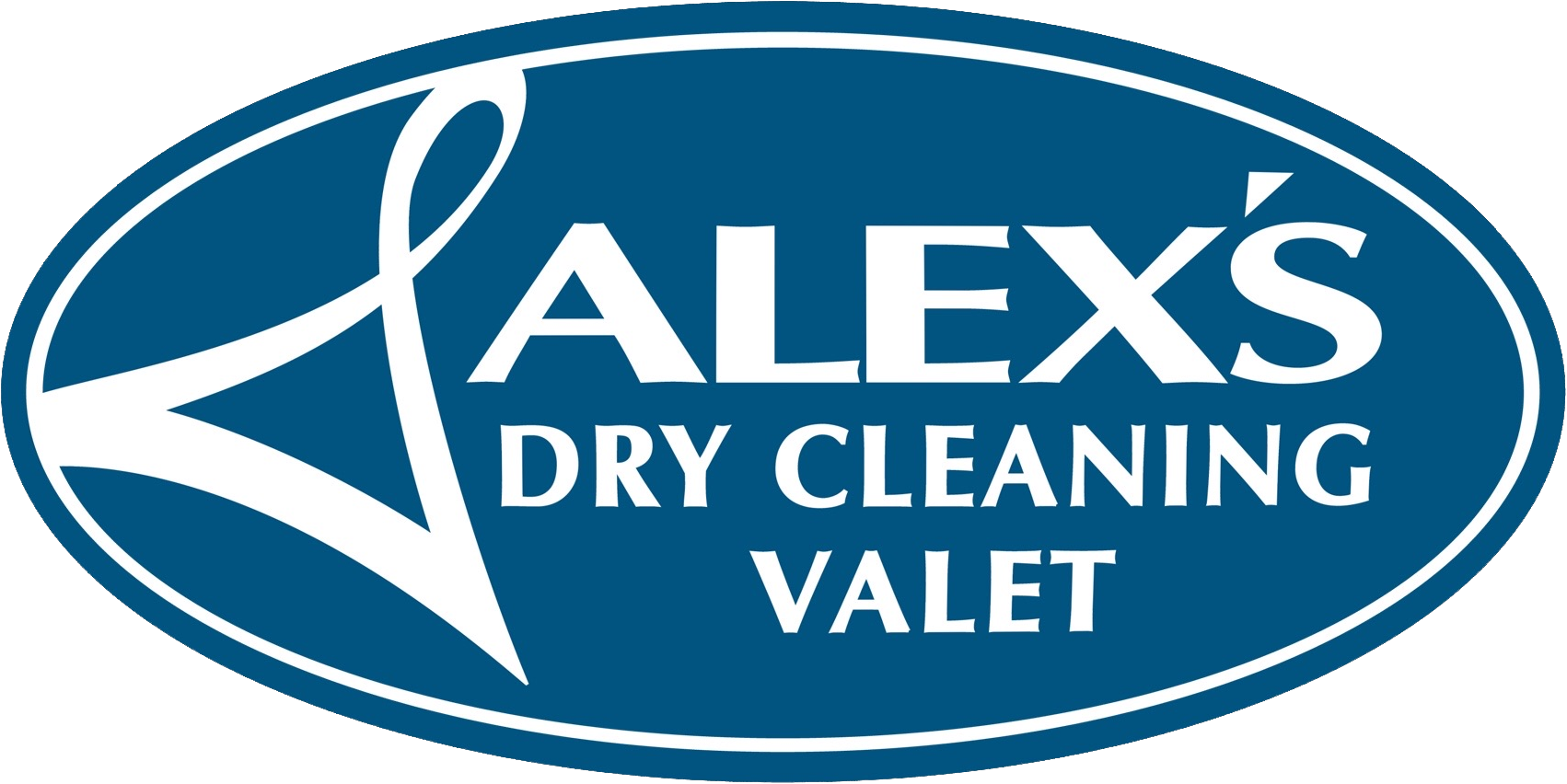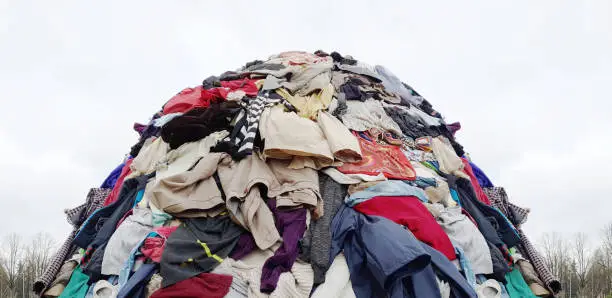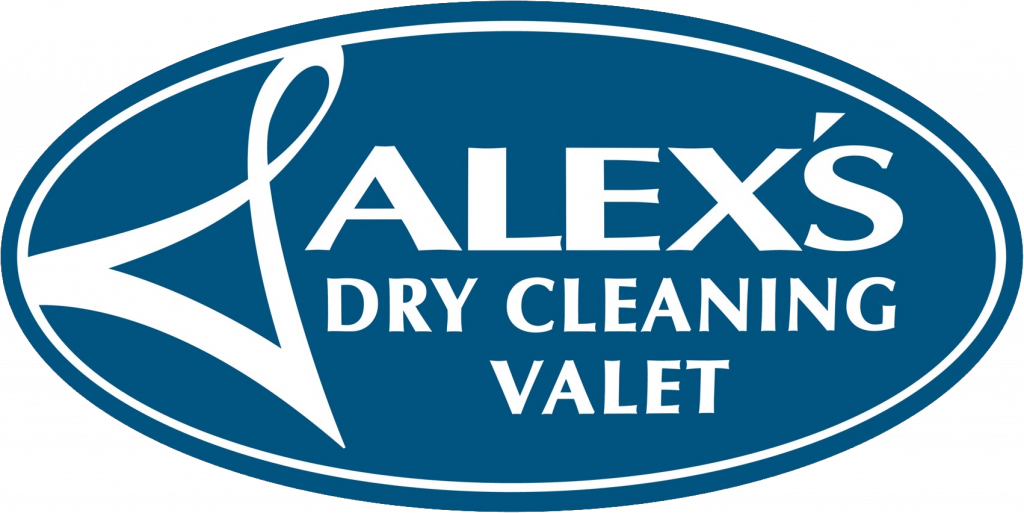Circularity Movement
Introduction: Circularity Movement VS. Fast Fashion
The circularity movement is reshaping the way we think about consumption. Unlike the traditional “buy, use, discard” approach, circularity focuses on reusing, repairing, and recycling to minimize waste and maximize resources. For clothing and textiles, this means buying garments that are designed to last, made from sustainable materials, and can be easily repurposed or recycled.
Textile Waste is Costly
“Textile waste is our nation’s fastest growing waste stream, costing American taxpayers and ratepayers over $4B annually. US landfills are our third largest methane emitter. Textile waste has increased 80% since 2000³², now comprising nearly 8% of all U.S. landfills³³. Unlike paper, bottles, and cans, there are few domestic policies supporting the end-of-life recovery of textiles. We only recover an estimated 15% for reuse and recycling. The remaining textile waste is hauled to landfills and incinerators, which disproportionately pollute disadvantaged communities in the United States. Furthermore, much of the 15% collected cannot be effectively reused because it is of low value and quality. Many low quality goods are exported to the Global South, imposing negative environmental and social consequences on communities that lack waste management or recycling infrastructure. Regulatory measures are needed to encourage improved garment quality, reduce overproduction, “and incentivize domestic collecting, sorting, reuse, and recycling infrastructure.”1
(Above is a direct excerpt from American Circular Textile group website)1
The Fast Fashion Makes Disposable Clothing
Fast fashion prioritizes speed and low cost at the expense of quality and sustainability. Brands like Brandy Melville epitomize this trend, focusing on disposable fashion often marketed through flashy social media campaigns. The environmental and social impact of fast fashion is explored in the Netflix series, The True Cost,2 which highlights the hidden costs of cheap clothing and encourages consumers to invest in better-quality items that last.
The 6 aspects of Practicing Circularity in Fashion:
1- Circularity Starts with Designing for Longevity and waste reduction in manufacturing
Firstly, clothing designed to be durable, timeless, and easily recycled or repurposed is the first step to support the circularity movement. Second is fashion brands manufacturing practices to reduce production waste by optimizing patterns and using offcuts creatively.
2- Reuse and Resale to Promote Cicularity
Reuse and Resale: Growth of second-hand markets, vintage shops, and online platforms like ThredUp3 or Poshmark.4 is a great expample of how we can support circularity movement.
3- Alteration and Repairs to Extend the Life of your clothing
Before discarding worn or ill-fitting items, consider repairs or alterations. Small fixes can make a big difference in reducing waste and maintaining a sustainable wardrobe.
See Alex’s Dry Cleaning Services
Consider shipping at brands that offer repair or exchange services. Examples include Patagonia’s Worn Wear Program.5
4- Sharing is Caring
Rental and Sharing Models: Services like Rent the Runway allow consumers to rent clothing, reducing the need to purchase items that might be worn only a few times.
Learn More About Rent the Runway. 6
5- Smart Shopping!
The need for responsible fashion choices has never been more urgent, therfore, the key to a sustainable wardrobe lies not only in how we care for our garments, but in the choices we make when purchasing them by prioritizing quality over quantity and selecting natural materials that can easily decompose at the end of their life.
Brands that prioritize natural fibers often produce clothing designed to last, reducing the need for frequent replacements and with proper cleaning and maintenance, these garments can be enjoyed for years.7
Read more about the King’s Pledge to slow fashion
6- Proper Dry Cleaning to Reduce Waste
Sustainable dry cleaners play a pivotal role in supporting the circular economy by keeping the garments cleaned properly and therefore reducing fashion waste and minimizing environmental footprint.
Tip: Choose a Sustainable Dry Cleaner
Alex’s Dry Cleaning Valet: We are your sustainable choice in San Francisco Bay Area
Schedule a pick up at Alex’s today, and you’re not just taking care of your wardrobe; but you’re supporting the circular economy and making a positive impact on the planet. A combination of thoughtful garment care and selecting the right pieces helps minimize waste and enhances your wardrobe’s longevity.
Information is the Key
Reading and educating our next generation is the key for a longterm success in waste reduction in all aspects of our life. We recommend the following book on Amazon.
Book on Amazon: 7 commandments to save the planet
Together, we can help extend the life of clothing, reduce textile waste, and conserve the planet’s precious resources.
Footnotes:
1 American Circular Textile Group
2 Wikipedia on Movie The True Cost
3 https://www.thredup.com/cleanout
6 Learn More About Rent the Runway
7 Luxury Brands Integrating Circularity, Sourcing and Circular Innovation:
Burberry – Implements waste reduction strategies and recycling programs to align with circular fashion principles.
Hermes – Introduced “Petit H,” a line that repurposes leftover materials from production into new products.
Chloe – A certified B Corp that incorporates recycled and sustainably sourced materials into its collections.
Loro Piana – Known for timeless, high-quality cashmere and wool garments. The brand focuses on natural fibers and longevity, which are cornerstones of circularity.
Brunello Cucinelli – Emphasizes ethical production, durable designs, and luxury knitwear crafted from natural materials.
Stella McCartney – A leader in sustainable luxury fashion, using cruelty-free and eco-friendly materials while promoting circular fashion.
Gabriela Hearst – Offers luxury designs crafted with sustainability in mind, focusing on longevity and reduced waste.
Eileen Fisher Renew – A luxury label that takes back worn garments to repair or remake them, extending their lifecycle.
Patagonia (luxury outdoor wear) – Focuses on durability and repairability, encouraging customers to buy less but better.
Estimated reading time: 4 minutes
OUR LATEST POSTS
- Discover the Best Dry Cleaners in Woodside for Luxury Garment Care
- The Ultimate Care Guide: Luigi Borrelli Dress Shirt Laundry and Expert Dry Cleaning in Portola Valley
- Why Brioni Luxury Suits Deserve the Best Care with Alex’s Dry Cleaning Valet
- Circularity Movement
- How To Find Your Perfect Fit When Choosing a Premium Dry Cleaner
Fast Service
,
Not Fast Fashion


